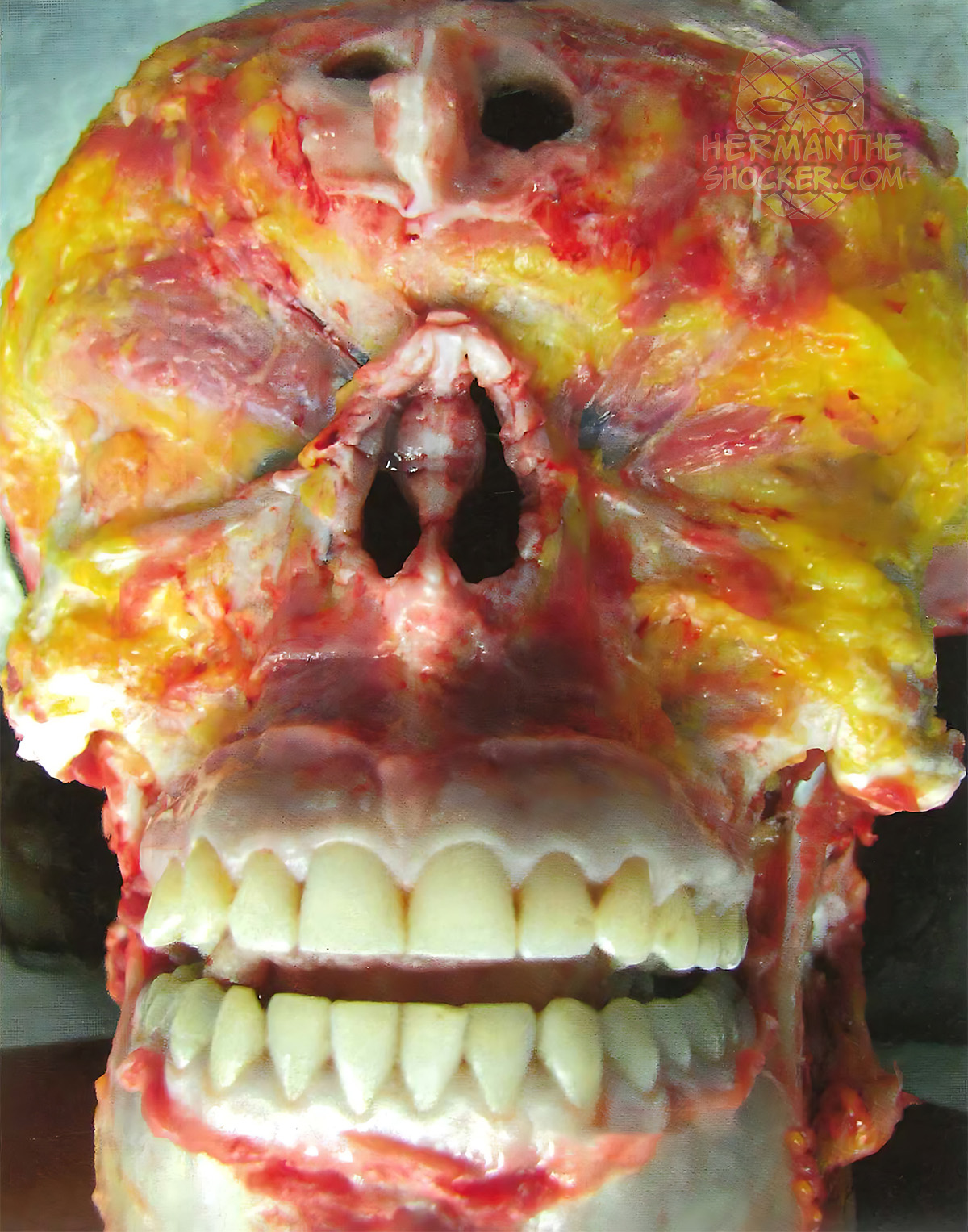Autopsy facial dissection is a procedure that involves the careful dissection and examination of the facial structures of a deceased individual during an autopsy. This procedure is typically performed by a pathologist or forensic specialist to help determine the cause of death, identify any injuries or trauma, and gather evidence for a criminal investigation if necessary.
During an autopsy facial dissection, the pathologist carefully removes the skin and other soft tissues from the face to expose the underlying structures, such as the bones, muscles, and nerves. This allows them to examine the structures in detail and identify any signs of injury or disease.
The examination of the facial structures can provide important clues about the cause of death, especially in cases where the individual suffered facial trauma or injuries. For example, fractures or dislocations of the facial bones may suggest a severe blow to the head, while damage to the nerves or blood vessels in the face may indicate a strangulation or asphyxiation.
Autopsy facial dissection can also be useful in identifying the deceased individual, especially in cases where the body is badly decomposed or disfigured. The examination of the facial features, such as the shape of the nose, jaw, and teeth, can be compared to dental records, photographs, or other identifying information to confirm the identity of the deceased.
Overall, autopsy facial dissection is a critical tool in the forensic investigation of deaths, and it can provide valuable information that can help solve crimes and bring closure to families and loved ones.
Latest posts













